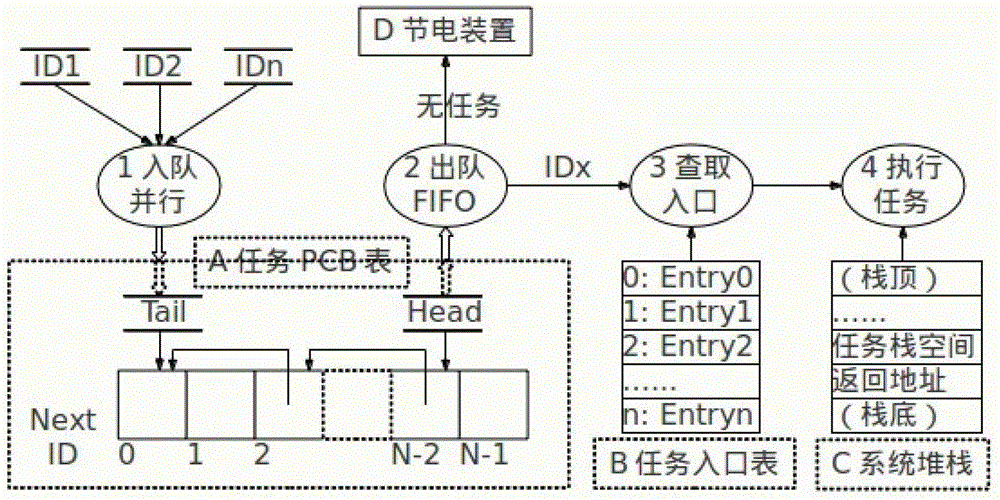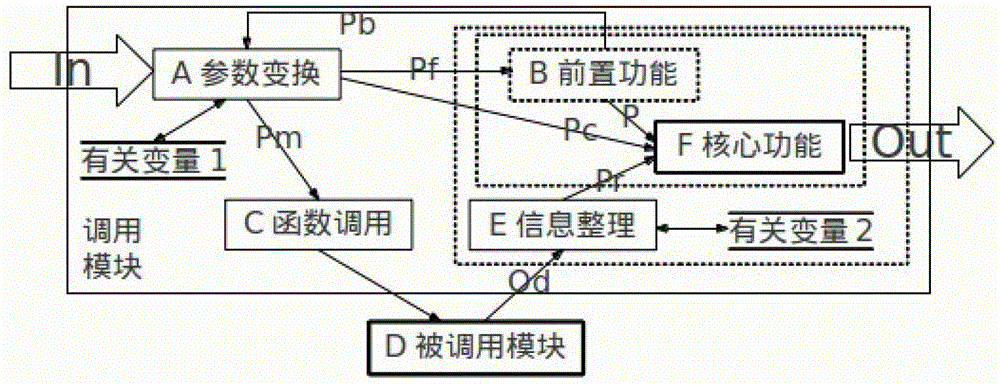Independent Active Component and Runnable Active Component Assembly Model and Component Split Method
A technology of active components and models, applied in the computer field, can solve problems such as limitations, difficult key operations, auxiliary concurrency, message length, etc.
- Summary
- Abstract
- Description
- Claims
- Application Information
AI Technical Summary
Problems solved by technology
Method used
Image
Examples
Embodiment 1
[0113] Example 1: Independent Active Component Assembly Model
[0114] like image 3 As shown, the present invention provides an independent active component assembly model, and the independent active component assembly model is set P={the first layer active component, the second layer active component subset...nth layer active component subset} , wherein, n≥2; each active component in the n-th layer active component subset is assembled based on the n-th layer virtual message bus to obtain a single active component in the n-1 layer active component subset; the Each active component in the n-1th layer active component subset is assembled based on the n-1th layer virtual message bus to obtain a single active component in the n-2th layer active component subset; and so on until the Each active component in the second layer active component subset is assembled based on the second layer virtual message bus to obtain the first layer active component;
[0115] Wherein, each active ...
Embodiment 2
[0248] Embodiment 2 can run the active component assembly model
[0249] The difference between this embodiment and the first embodiment is that the set P of the first embodiment also includes the active components of the 0th layer; the active components of the first layer in the first embodiment are assembled based on the message bus to obtain the active member.
[0250] Wherein, the layer 0 active component includes: the message bus, the layer 0 interface operator ID mapping table, the layer 0 alias link table, and more than one layer 0 operator; the layer 1 active component includes the first layer Layer virtual message bus, layer 1 interface operator ID mapping table, layer 1 alias link table, and more than one layer 1 operator;
[0251] The active components of the first layer are assembled based on the message bus, and the active components of the first layer are obtained as follows:
[0252] When assembling components, perform bus fusion on the first layer virtual messa...
Embodiment 3
[0254] Embodiment three component splitting method
[0255] This embodiment provides a component splitting method for a runnable active component assembly model, including the following steps:
[0256] A component splitting rule is preset, and when the runnable active component assembly model satisfies the component splitting rule, the runnable active component assembly model is split according to the component splitting rule.
[0257] The present invention provides the following four component splitting rules:
[0258] (1) The first component splitting rule
[0259] The component splitting rule is: when the scheduler of the message bus is executed by more than two cores or processors, split the message bus into distributed peers with the same number of cores or processors sub-bus; each active component of each layer in the active component assembly model is respectively attached to the corresponding sub-bus.
[0260] Specifically, because the bus is scheduled and executed ...
PUM
 Login to View More
Login to View More Abstract
Description
Claims
Application Information
 Login to View More
Login to View More - R&D
- Intellectual Property
- Life Sciences
- Materials
- Tech Scout
- Unparalleled Data Quality
- Higher Quality Content
- 60% Fewer Hallucinations
Browse by: Latest US Patents, China's latest patents, Technical Efficacy Thesaurus, Application Domain, Technology Topic, Popular Technical Reports.
© 2025 PatSnap. All rights reserved.Legal|Privacy policy|Modern Slavery Act Transparency Statement|Sitemap|About US| Contact US: help@patsnap.com



